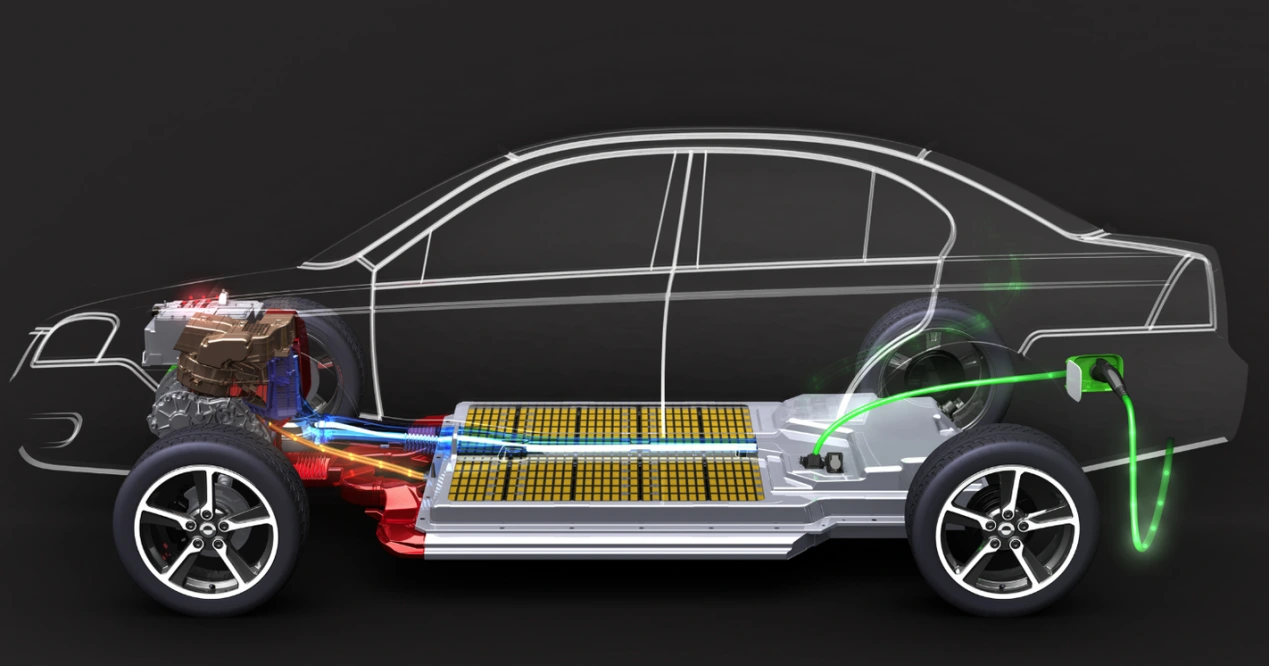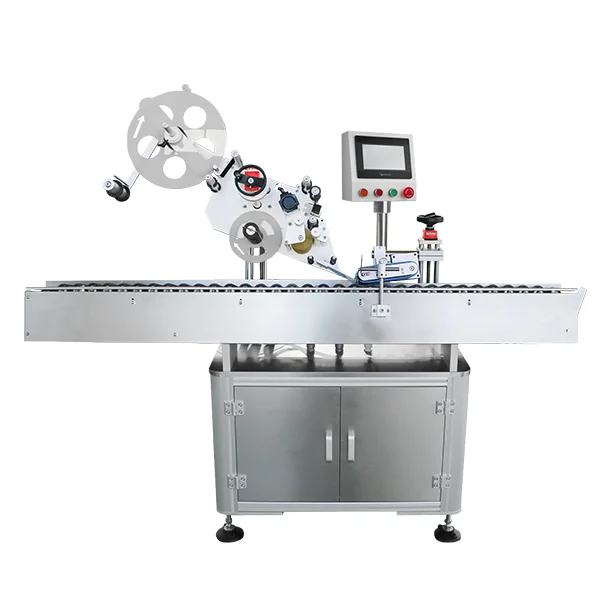Centrifugal air blowers are pivotal components in various industrial applications, providing efficient air movement and pressure generation. Understanding how these devices operate not only enhances our knowledge of fluid dynamics but also aids in selecting the right blower for specific applications. This article delves into the intricate workings of centrifugal air blowers, their design features, operational principles, and practical applications across different industries.
The Fundamentals of Centrifugal Air Blowers
At its core, a centrifugal air blower is a mechanical device designed to move air or gas by converting rotational energy into kinetic energy. This transformation occurs through the principles of centrifugal force, which is generated when an object moves in a circular path. The design of a centrifugal blower typically includes an impeller, a volute or diffuser, and an inlet or outlet.
- Key Components
- Impeller: The heart of the centrifugal blower, the impeller consists of blades that rotate at high speeds. As the impeller spins, it draws air into the blower through the inlet and accelerates it outward due to centrifugal force.
- Volute/Diffuser: After the air exits the impeller, it enters the volute or diffuser, which is designed to convert the kinetic energy of the moving air into pressure energy. The volute gradually expands, allowing the air to slow down and increase in pressure.
- Inlet and Outlet: The inlet is where ambient air enters the blower, while the outlet directs the pressurized air to its intended application.
Operational Principles
The operation of a centrifugal air blower can be broken down into several key stages:
- Air Intake
When the blower is activated, the impeller begins to rotate, creating a low-pressure zone at the inlet. This pressure differential causes ambient air to be drawn into the blower.
- Acceleration of Air
As the air enters the impeller, it is subjected to the rapidly spinning blades. The blades impart kinetic energy to the air, causing it to accelerate outward. This acceleration is a result of the centrifugal force acting on the air particles, pushing them away from the center of rotation.
- Pressure Generation
Once the air exits the impeller, it enters the volute or diffuser. Here, the design of the volute allows for a gradual expansion of the air stream. As the air slows down, its velocity decreases, and according to Bernoulli's principle, its pressure increases. This pressure rise is crucial for applications requiring a steady flow of pressurized air.
- Air Discharge
Finally, the pressurized air is discharged through the outlet, ready to be used in various applications, such as pneumatic conveying, cooling, or ventilation.
Efficiency and Performance Factors
The efficiency of a centrifugal air blower is influenced by several factors, including:
- Impeller Design: The shape, size, and number of blades on the impeller can significantly affect performance. Optimized blade designs can enhance airflow and pressure generation while minimizing energy consumption.
- Operating Speed: The rotational speed of the impeller directly correlates with the volume of air moved and the pressure generated. However, higher speeds may lead to increased wear and tear, necessitating a balance between performance and longevity.
- System Resistance: The resistance encountered in the ductwork or application system can impact the blower's efficiency. Proper sizing and layout of ducts can minimize losses and improve overall performance.
Applications of Centrifugal Air Blowers
Centrifugal air blowers are utilized across a wide range of industries due to their versatility and efficiency. Some common applications include:
- HVAC Systems: In heating, ventilation, and air conditioning systems, centrifugal blowers are used to circulate air, ensuring optimal indoor air quality and comfort.
- Industrial Processes: Many manufacturing processes require the movement of air or gases, such as drying, cooling, or pneumatic conveying. Centrifugal blowers provide the necessary airflow to facilitate these operations.
- Wastewater Treatment: In wastewater treatment plants, centrifugal blowers are employed to aerate water, promoting the growth of aerobic bacteria that break down organic matter.
- Dust Control: In industries where dust generation is prevalent, centrifugal blowers help in dust suppression and removal, ensuring a safer working environment.
Conclusion
Centrifugal air blowers are essential devices that leverage the principles of fluid dynamics to efficiently move air and generate pressure. By understanding their operational mechanics, design features, and applications, industries can make informed decisions when selecting the right blower for their specific needs. As technology advances, the efficiency and capabilities of centrifugal blowers will continue to evolve, further enhancing their role in modern industrial processes. Whether in HVAC systems, manufacturing, or environmental management, these blowers remain a cornerstone of effective air movement solutions.


